How to choose a cricket bat
Return to the articles list
-
Posted on Monday, 10th July 2017 -
Post a comment
Choosing a cricket bat is possibly, if not the, most important decision you have to make when it comes to cricket when not actually playing the sport.
We have customers come in and ask for specifics in brand, weight, number of grains, quality of wood and in my opinion that then limits your options from many to very few.
Unless you have absolute specifics you need to stick to, always, approach selecting a cricket bat with an open mind. Like with any kind of repeatable shopping expeditures, you will find people will have brand loyalty to those that have served them well in the past. This is not a bad thing to have as it can help you a lot when selecting a bat. The brand you have used before may still have that range going depending how old your last bat was (for example, the Kookaburra Kahuna, been going for over 12 years), but this can also help look at comparisons from other ranges. The market is that saturated now if you limit yourself to a particular brand you could miss out some absolute weapons from other makes.
A lot is made about weight at the moment too, with cricketers wanting bigger and heavier bats due to belief it will help attacking stroke play. This isn't the case, if a bat is too heavy it will be detrimental to your performance and your game. If you are using a bat that is too heavy you wont have the control of the bat properly to play shots how you would do. The best way to pick a bat is to go by the feel of it, stand in your stance and actually pick the bat up, play some shots, if you are unsure if it is too heavy or not, stand with your bat in your ready stance then take off your bottom hand. If after doing this the bat drops or your arm begins to wobble quite a bit then it is too heavy. There are bats which are bottom heavy so if this feels good but heavy then maybe persist with it (should you purchase one like this) or get that one in a lighter weight.
The other part of cricket bat selection which seems to be high frequency questions for us are, "what is the number of grains?" and "what grade of willow is it?"
The number of grains on a bat can differ from grade to grade, however, more doesn't necessarily mean better. Yes, more grains will mean your bat will perform very well from basically the word go, BUT, the very narrow grain bats, so 11+ may not last as long, so you could see yourself needing to replace this bat in 18 months/2 years. When asked my opinion on the number of grains I will always advice roughly 7-9 grains for a bat. With this number, your bat will take a little time to play in and reach its' peak performance level but will last you longer (provided nothing untowards happens, e.g. break/snap). The grade of willow is similar to the number of grains theory. Yes a grade one will give you a better quality of willow than grade two, however, you can get some bats which are downgraded by manufacturers, so again limiting yourself to a particular grade before looking at any bats you can miss out on some beauties just because of a bit of heartwood or not being the cleanest blade.
These three areas are important when picking a bat, so keep an open mind, dont limit yourself too much and enjoy selecting your next bat. Remember, batting is very psychological, if you're not confident or completely happy with what your batting with it WILL ultimately effect your game.
If you have any questions feel free to leave them in the comment section below.
JW
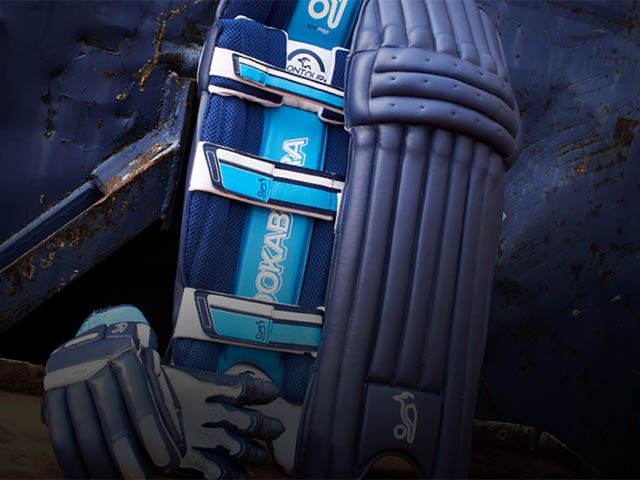 Wicket Keeping Equipment
Wicket Keeping Equipment
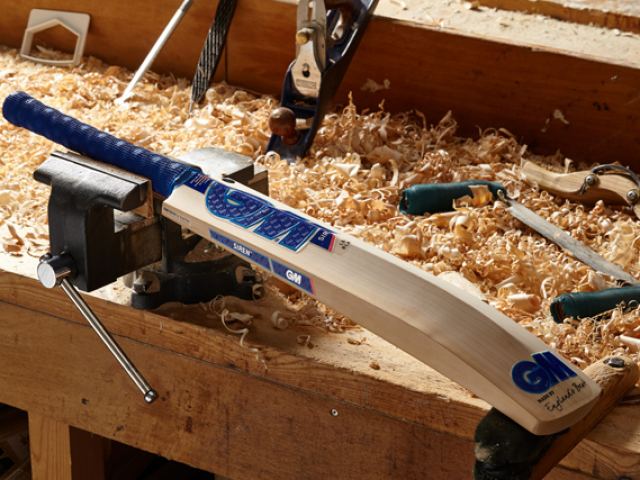 Cricket Bats
Cricket Bats
 Batting Gloves
Batting Gloves
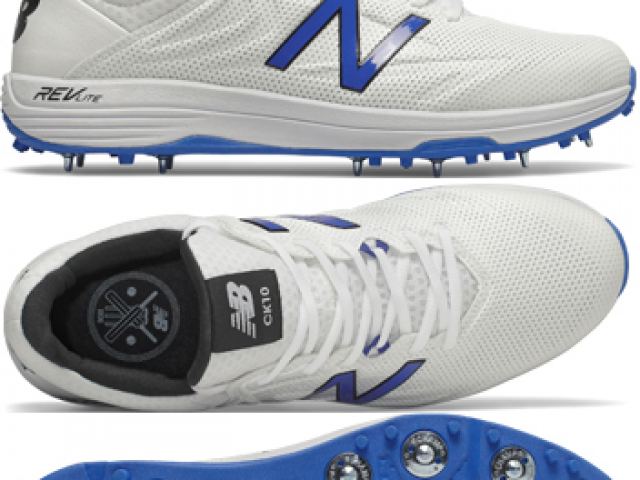 Cricket Footwear
Cricket Footwear












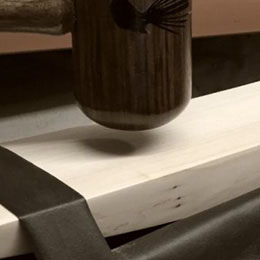 Free knocking in service
Free knocking in service Free shipping
Free shipping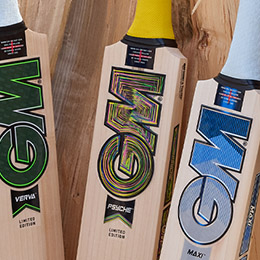 New 2026 stock arriving daily
New 2026 stock arriving daily